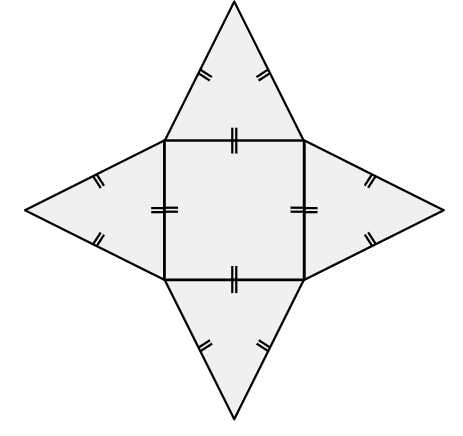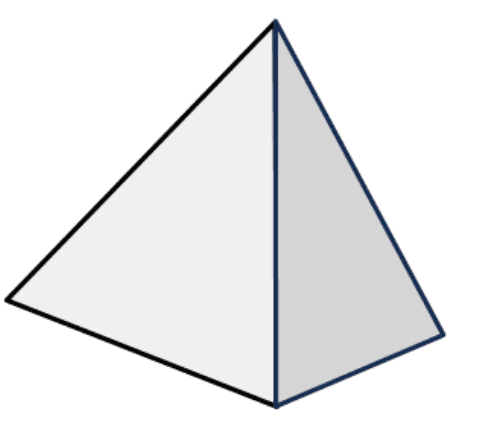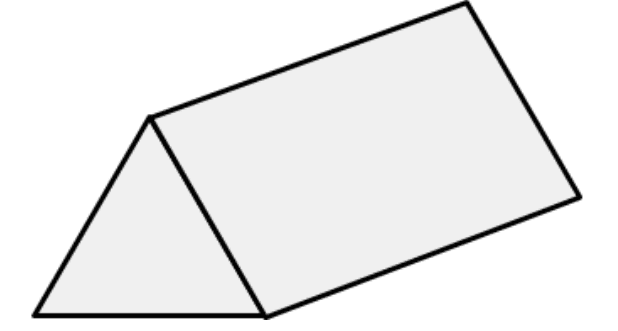Myths about teaching can hold you back
- Year 2
Investigate how polygons can be joined and folded to form 3D shapes
I can investigate how polygons can be joined and folded to form 3D shapes.
- Year 2
Investigate how polygons can be joined and folded to form 3D shapes
I can investigate how polygons can be joined and folded to form 3D shapes.
These resources will be removed by end of Summer Term 2025.
Switch to our new teaching resources now - designed by teachers and leading subject experts, and tested in classrooms.
These resources were created for remote use during the pandemic and are not designed for classroom teaching.
Lesson details
Key learning points
- 3D shapes can have flat faces. Each face is a 2D shape.
- 2D shapes can be folded and joined together to build 3D shapes.
Keywords
3D / three-dimensional - A shape with three measurable dimensions, e.g. width, height and depth.
2D / two-dimensional - A shape with only two measurable dimensions, e.g. width and length, but no thickness.
Face - The flat 2D surfaces of a 3D shape.
Common misconception
Children may apply the names of 2D shapes to 3D shapes (such as square and cube).
Have examples of the confused 2D and 3D shapes (such as square and cube) for the children to handle and explore. Discuss what is the same and what is different about them.
To help you plan your year 2 maths lesson on: Investigate how polygons can be joined and folded to form 3D shapes, download all teaching resources for free and adapt to suit your pupils' needs...
To help you plan your year 2 maths lesson on: Investigate how polygons can be joined and folded to form 3D shapes, download all teaching resources for free and adapt to suit your pupils' needs.
The starter quiz will activate and check your pupils' prior knowledge, with versions available both with and without answers in PDF format.
We use learning cycles to break down learning into key concepts or ideas linked to the learning outcome. Each learning cycle features explanations with checks for understanding and practice tasks with feedback. All of this is found in our slide decks, ready for you to download and edit. The practice tasks are also available as printable worksheets and some lessons have additional materials with extra material you might need for teaching the lesson.
The assessment exit quiz will test your pupils' understanding of the key learning points.
Our video is a tool for planning, showing how other teachers might teach the lesson, offering helpful tips, modelled explanations and inspiration for your own delivery in the classroom. Plus, you can set it as homework or revision for pupils and keep their learning on track by sharing an online pupil version of this lesson.
Explore more key stage 1 maths lessons from the Shape: discuss and compare 2D and 3D shapes unit, dive into the full primary maths curriculum, or learn more about lesson planning.

Licence
Prior knowledge starter quiz
6 Questions
Q1.Tick all the polygons.

Q2.Match the image of the polygon to its name.

triangle
octagon
quadrilateral
rectangle
Q3.Order the shapes from largest to smallest.
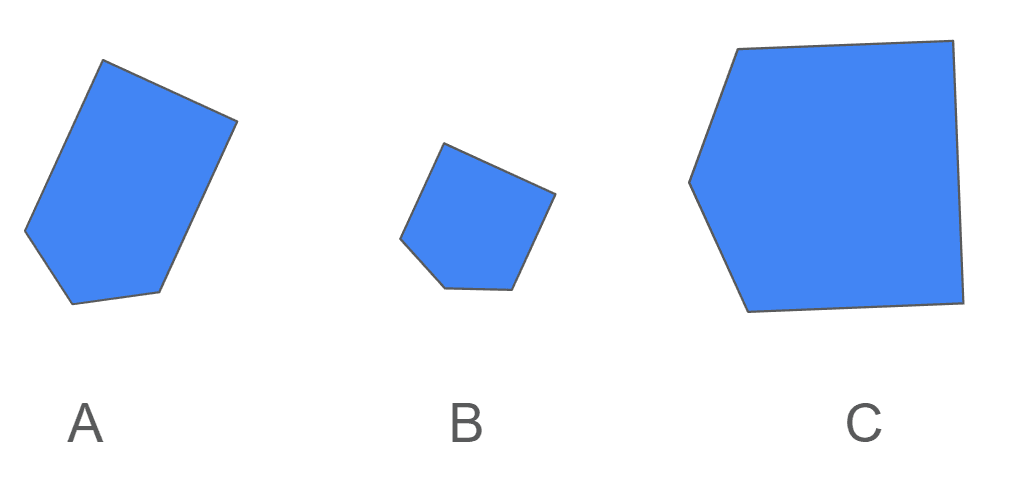
Q4.True or false. The vertices of this polygon are all the same.
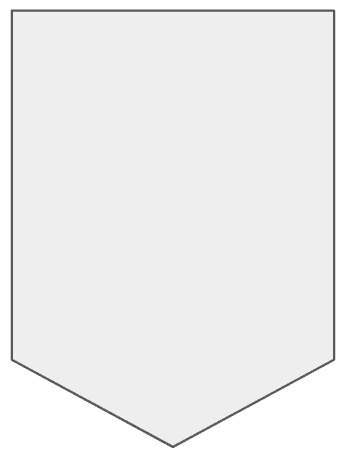
Q5.Compare these shapes. Which statements are true?
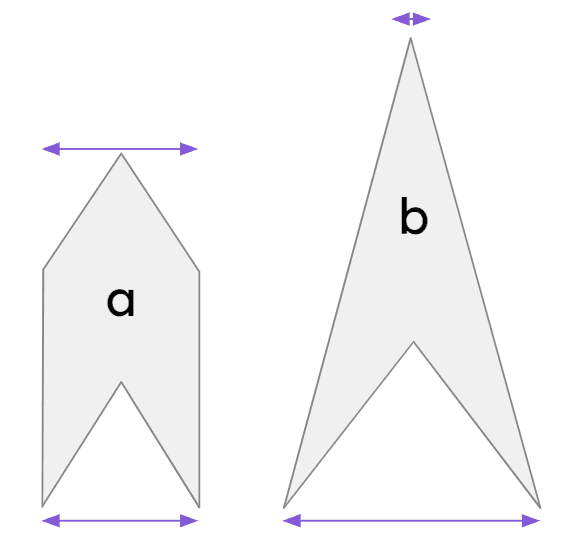
Q6.How would you describe the vertex that the arrow is pointing to?
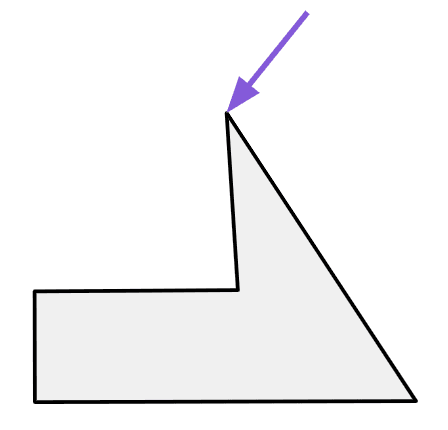
Assessment exit quiz
6 Questions
Q1.Which 3D shape could Jun have used to create this painting?
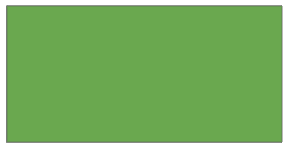
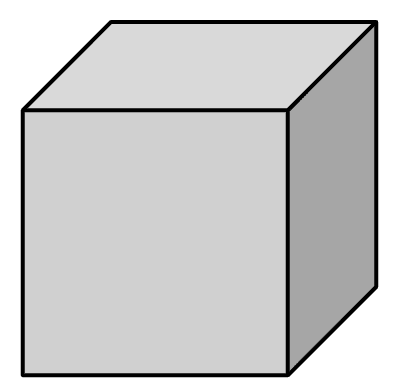
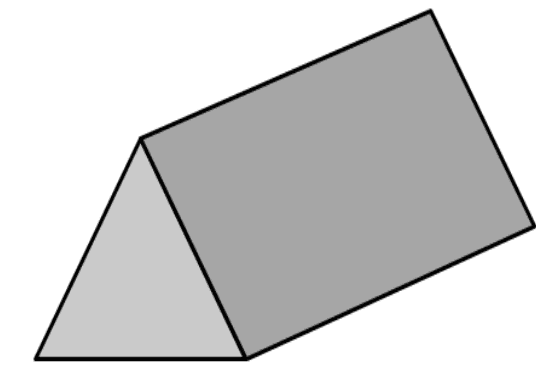
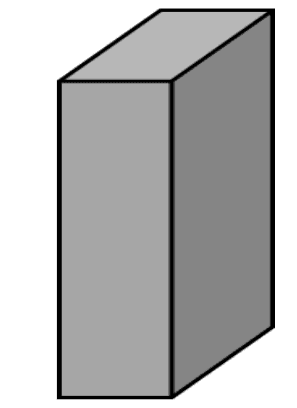
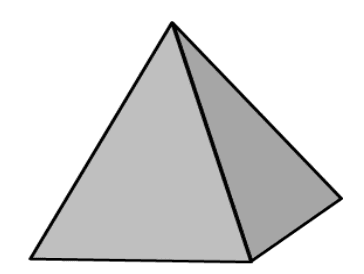
Q2.Which 3D shape could Jun have used to create this painting?
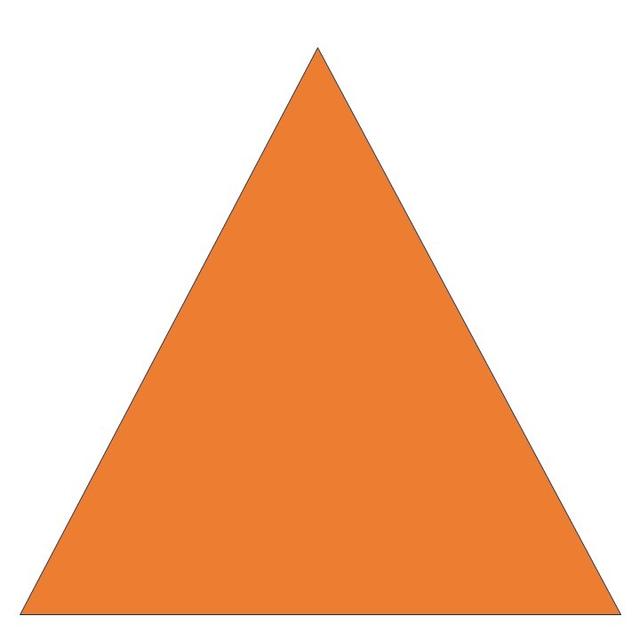


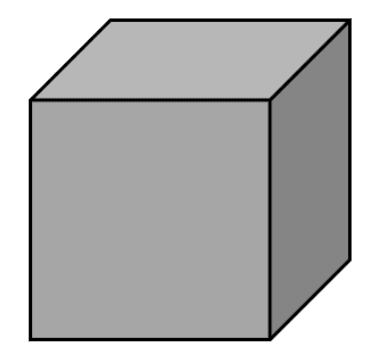

Q3.Which painting shows all the faces of this 3D shape?
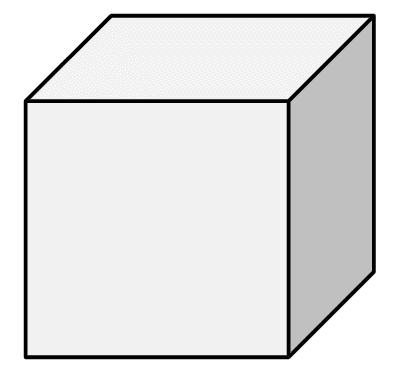
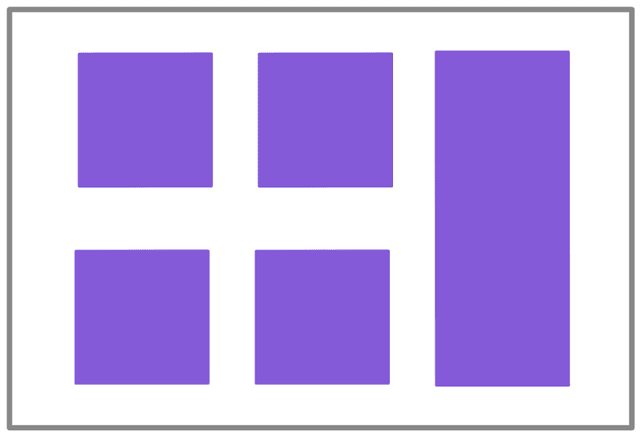
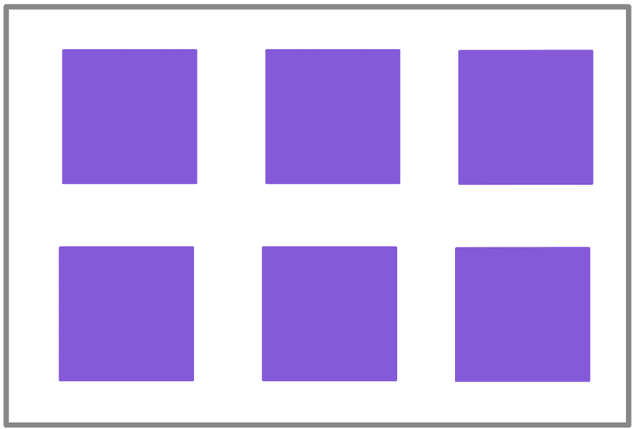

Q4.Which painting shows all the faces of this 3D shape?




Q5.Which 3D shapes could Jun build with his construction materials?

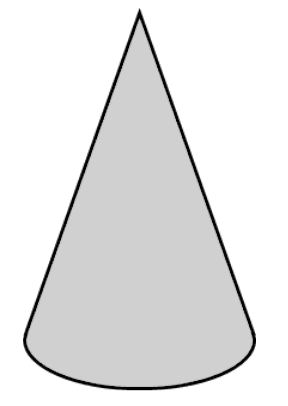
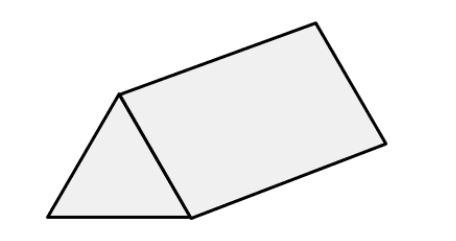
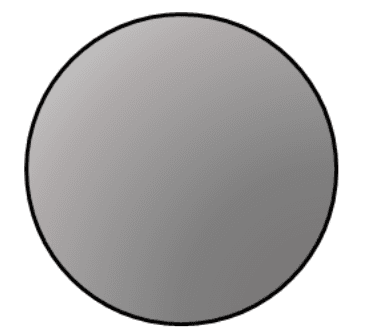
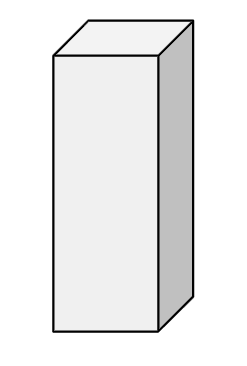
Q6.Match the 2D shape to the 3D shape that will be made once folded.
